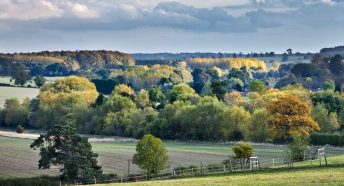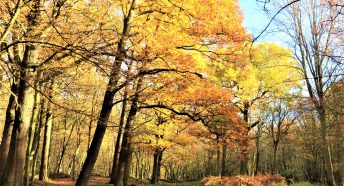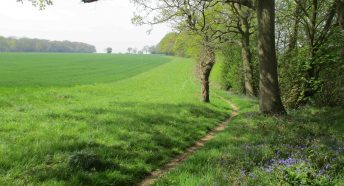Local places to visit near Stevenage
Parts of Stevenage date back to Roman times, but the town is perhaps more well-known for its designation as the first post-war ‘New Town’ in 1946. This paved the way for considerable expansion. The town is a vibrant urban area, but there are also green spaces, nature and countryside within Stevenage and nearby for everyone to enjoy.
As with all our ‘local places to visit’ these are free and open all year round.
Forster Country
Just to the north of Stevenage lies ‘Forster Country’, an area of designated Green Belt where E. M. Forster spent ten years of his childhood. His classic novel ‘Howards End’ is based partly on this area, which he referred to years later as ‘… a district which I still think is the loveliest in England.’ He also described the views from this area as ‘marvelous… westward to the high ground.’ The Friends of Forster Country has a website with more information.
You can enjoy the same landscapes that Forster did from several public footpaths including the Hertfordshire Way.
Astonbury Wood
At the southeastern edge of the town lies Astonbury Wood. This is an ancient 21 hectare woodland dating back to the 1600s.
Comprised mainly of oak and hornbeam, it is important as a habitat for wildlife including birds, small mammals and butterflies. It is also notable in the springtime for carpets of bluebells.
In early 2021 the wood was registered as an asset of community value, which is one of the necessary steps in ensuring it remains publicly accessible. More information is available here.
Box Wood
This 24 hectare woodland in East Herts adjacent to Stevenage became the subject of possible speculative ‘plot land’ development in 2020. An Article 4 direction was issued removing permitted development rights and thus ensuring the landowner could not erect fences, gates and the like.
More recently the wood has been registered as an asset of community value, like Astonbury Wood. The wood is a pleasant green space, and the southern section is designated as an Ancient Monument by English Heritage, on account of earthworks remaining from a medieval settlement. There is a good footpath network throughout the wood.








